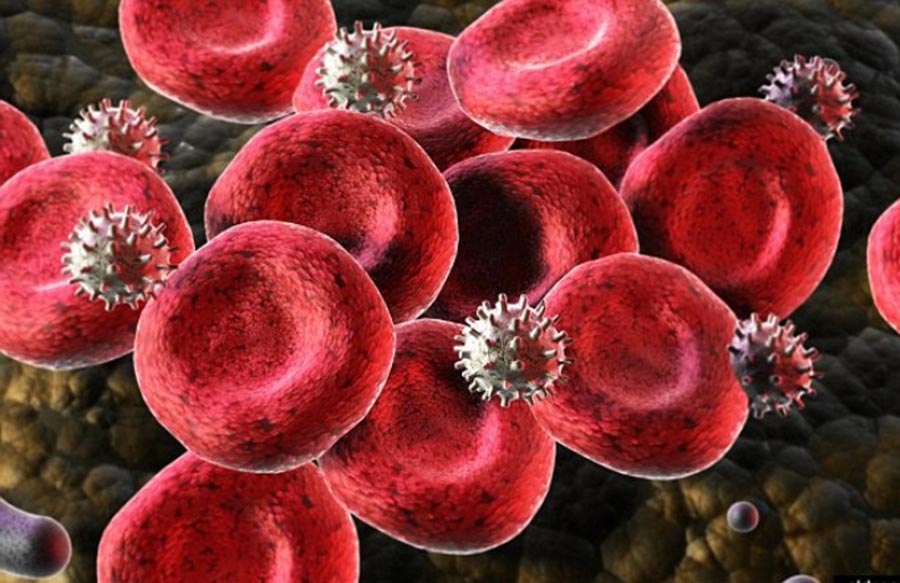World AIDS Day is always a grim memorial. The day marks another year of stultifying numbers of people infected with HIV/AIDS. Another year of stigma not yet lifted and denialism still entrenched. Another year of surviving all those who did not survive.
I lost a generation of friends, men who were my age and a little older, who should be in their 50s, 60s and 70s now. Men who are long dead, their legacy a huge quilt, a vibrant activism, and those of us who still mourn, refusing to let their early deaths be in vain.
Cheerful TV ads for Truvada for PrEP, replete with handsome young gay men, hip women of indeterminate sexual orientation and beautiful trans women push a message of AIDS as preventable and HIV as manageable. You can, the ads suggest, be young, sexually active and not fall prey to HIV as long as you follow a few basic steps. Everything we dreamed of in those years when the epidemic raged unchecked and the death notices were daily.
Yet following those PrEP steps and getting those expensive PrEP drugs is not as simple as the ads imply. While studies now show that a PrEP regimen can actually eliminate transmission, the trickle-down effect has yet to be achieved in the U.S.
UNAIDS reports HIV/AIDS remains a global pandemic. As of 2017, approximately 36.9 million people are infected with HIV globally. In 2018, approximately 43 percent are women — the highest percentage to date. There were about 940,000 deaths from AIDS in 2017.
The countries most impacted globally are in Africa and Asia. In the U.S., 52 percent of new HIV infections are in the South, 19 percent in the West, 16 percent in the Northeast and 13 percent in the Midwest. But cities throughout the U.S. remain vectors for transmission, among them, Philadelphia, which the Centers for Disease Control (CDC) ranks in the top 20 for new diagnoses, the only city other than New York not in the South or Southwest.
The CDC reports over 1.1 million people living with HIV in the U.S. in 2019, and of those, one in seven is unaware they are infected. According to the Philadelphia Department of Health, there are 20,000 people with HIV in the city. Drexel Medicine reports that Philadelphia has a transmission rate that is five times the national average.
The majority of those cases are among gay men and men who have sex with other men. But Black women and trans women of all races are also disproportionately represented among people with HIV, both locally and in the U.S. People aged 20 to 24 have the highest incidence of new diagnoses, with teens 13 to 19 being the group with the next highest prevalence, people 25 to 44 next.
That data is reflected in Philadelphia’s Kensington, Germantown and North Philly neighborhoods where the opioid crisis is at a peak. In those Philly neighborhoods, rates of transmission remain much higher than elsewhere in the city. AIDS advocates in Philadelphia note that the opioid epidemic — a public health emergency, according to the CDC — has propelled new infections as addiction often leads to unsafe survival sex, which can lead to HIV infection.
More than 15,000 people die each year of AIDS in the U.S. and since the disease was first discovered in 1981, nearly 700,000 people have died in the U.S. from it.
I’ve been reporting on HIV/AIDS since 1983. I covered every major story in the early years of the epidemic, and as the first female journalist covering HIV/AIDS in the U.S. for both the mainstream and gay press, I reported stories that might not have reached the mainstream otherwise. I was the first to write about women and AIDS, to cover pediatric AIDS with a focus on babies born to HIV-infected mothers and kids like Ryan White, who had been infected via tainted blood products. In my columns for The Village Voice, The Advocate, SPIN and POZ magazines, I reported news from the front lines of the epidemic, even as I was also an activist in ACT-UP and being arrested at the White House and various other venues around the country during the fight to have HIV/AIDS named and its victims acknowledged. And I wrote obituaries — so many obituaries.
Decades later, we have the tools we activists fought for, but never dreamed we’d have — and yet we unable to stop new diagnoses. With PrEP, we could end AIDS in a generation or even a decade, so why are people still dying of AIDS in 2019?
That should be the question we strive to answer between World AIDS Day 2019 and World AIDS Day 2020. That is a question we must demand an answer for as vociferously as we demanded money for research and drugs in the not-so-distant past. Likely a lack of access to medications, along with classism, racism, homophobia, transphobia and transmisogyny are part of the equation.
I dream of a day when World AIDS Day is no longer needed, when there are no more new infections, when HIV has been eradicated. I also hope the activism we birthed decades ago will continue to save lives and continue to sound all the necessary alarms until that day comes. We owe it to our dead to keep fighting for the living.
